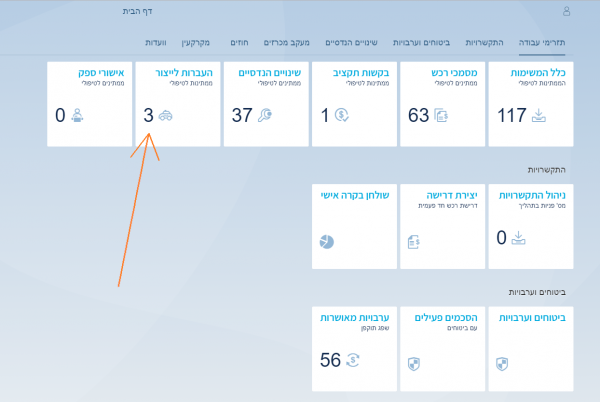This time we decided to go through the pros and cons of SAP Fiori Launchpad – the central point of access to UI5 / Fiori applications. So let’s start with it’s obvious advantages:
Summaries & KPIs
In case you haven’t see a FLP (Fiori Launchpad) and it’s dynamic numbers placed within the tiles, here is a sample:
As you can see, it’s possible to map indicators / numbers to each tile based on ODATA services and entities. This feature is a real time-saver for end users, as it allows decision making without the need to drill down to each application.
Routing and cross-app navigation
Routing provides the ability to make use of URLs based on entities and it’s identifications (keys), for example a URL pointing to a sales order would end with /SalesOrder/100000123. This feature gives us the freedom to copy current URL and send it to our colleagues, and pasting this URL to a browser would result in navigation to a specific entity. This capability is lacking in WebDynpro ABAP / Java, building similar mechanism would require a lot of development, but in UI5 framework you can take advantage of it as it comes out of the box.
Cross-app navigation is another layer that implements routing and enables navigation from one app to another, navigating back and forth by simply clicking “Back” and “Forward” in your browser. Launchpad is required to implement this feature, it’s impossible to make use of it with standalone apps.
Design
Your main goal is to build a single design based on your organization patterns, and then use it in all your UI5 apps. In case you develop your apps in standalone mode you would need to copy-paste your CSS styles from one app to another, which would cause a lot of maintenance in the long run.
The tool SAP delivers to build the design is called UI Theme Editor:
Building your design within this tool one time will apply it to all of your apps and will centralize the changes to one CSS file you can build easily with this WISWYG (what you see is what you get) tool.
It also supports embedding custom CSS styles to override standard / develop custom design styles, and previewing the results prior to saving them. This tool might be also passed over to your internal designers so they can control the way things look, and you can focus on implementing business requirements.
Version & change management
As you might already know – UI5 is a client-side technology, and all your UI5 code (both XML & JavaScript) is being executed on customer’s browser side. It is important for us to be in control of version that resigns on customer side.
As a solution SAP NetWeaver Gateway provides multiple tools that can force cache cleanup on client side during your version release – you need to make sure all your fixes are delivered to all of your end users!
Authorizations
The menu of applications resigned in your Launchpad is built upon a standard “Catalog” and “Group” object within a PFCG role. Maintaining authorizations would be a no-brainer for your SAP authorization team!
Downsides
We always talk about advantages – but what are the issues you are going to run into when implementing SAP Fiori Launchpad?
First one would be the fact that SAP NetWeaver Gateway (that hosts the FLP) is a classic ABAP system. There is also a Java-based one that is hosted by SAP Portal, but the most popular one is ABAP). So we now need to maintain another ABAP user management (CUA / Identity Management will save some time, but LDAP groups is not a case here).
And what happens once you wish to use FLP as a central point of access to non-SAP applications? Non-SAP users are not going to be a part of this trip.
You would also need to consider SAML-based SSO or other solution to access the FLP as you don’t want your users to remember new passwords, right?
Summary
Although you might not plan to start using Fiori Launchpad right away, we recommend developing UI5 apps like you have FLP already, and not try to develop standalone apps. The main idea here is to be able to roll out FLP later without any applicative changes, use theme editor to build your stylesheets once for all apps, and implement cross-app navigation to reuse business cases & respond to integration requirements.




